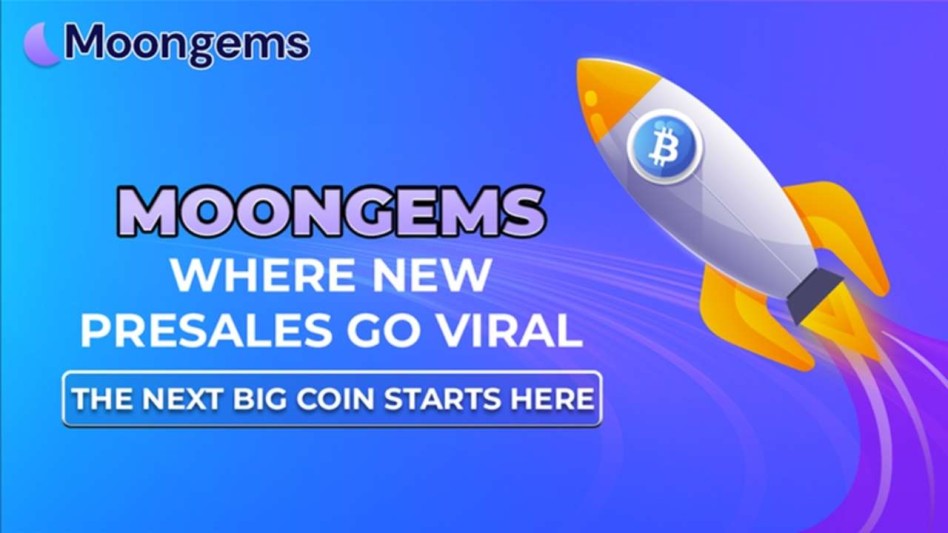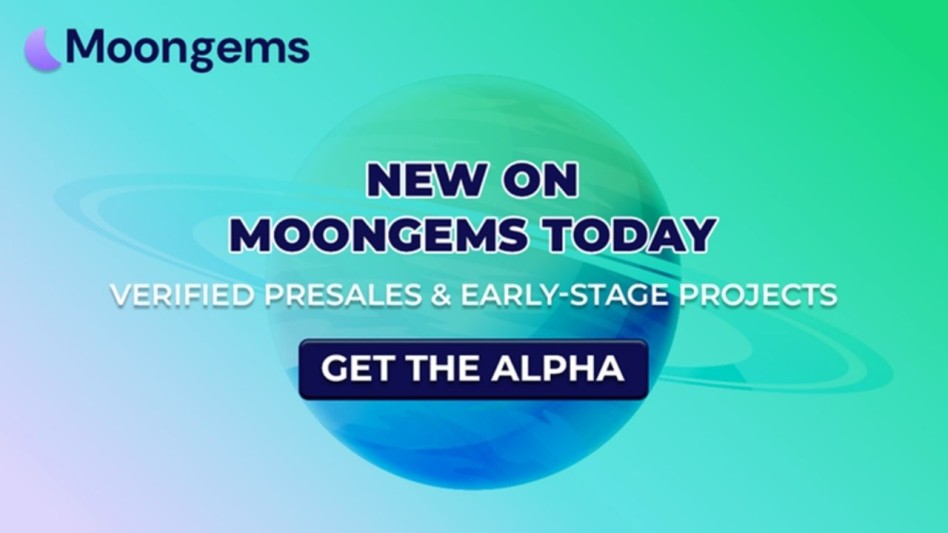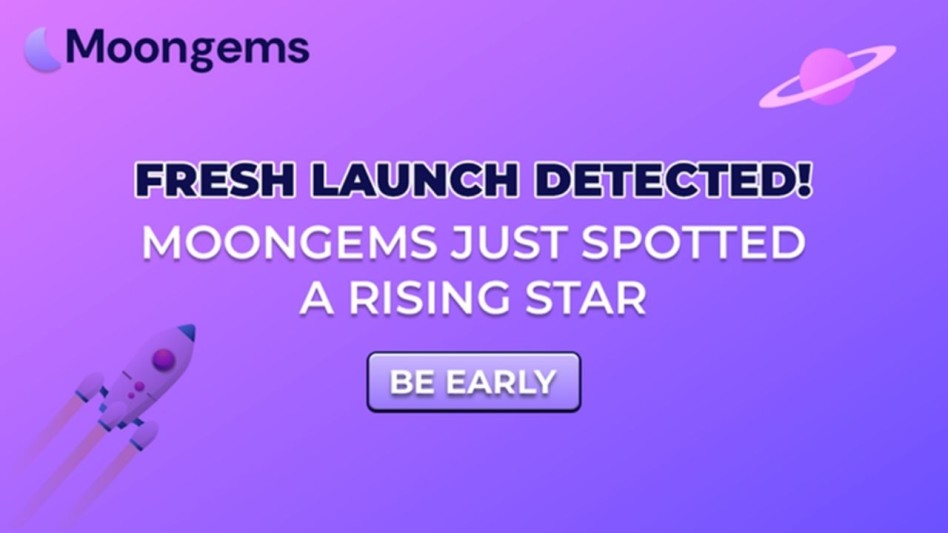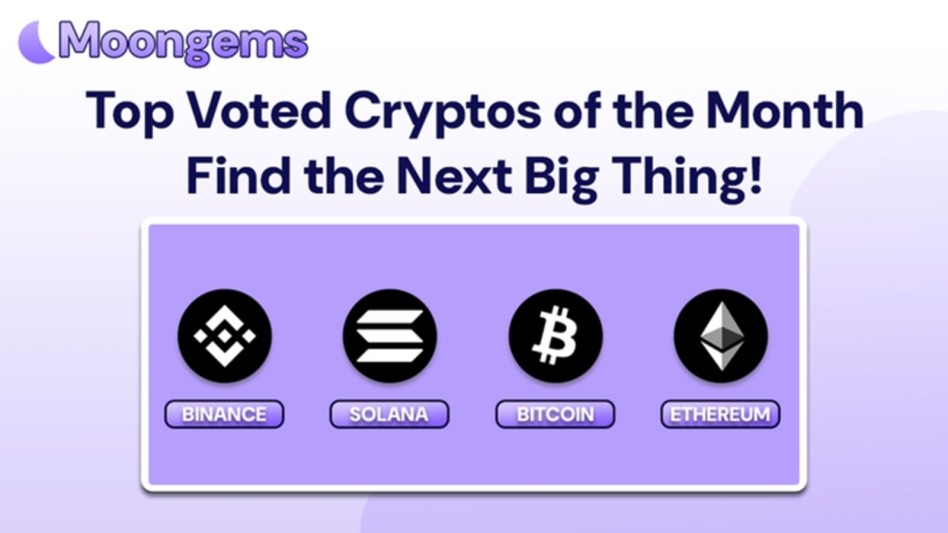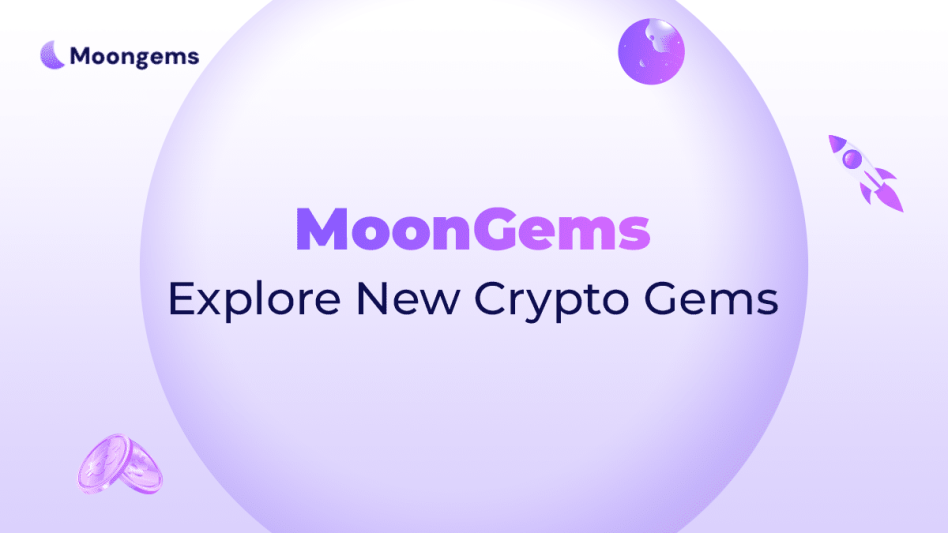Author: Jawad Hussain – Crypto Analyst & Web3 Researcher | 9+ years tracking presales, IDOs, and token launches. Follow him on Twitter and LinkedIn.
You’ve found a hot presale. The pitch is irresistible: early access, discounted entry, and dreams of 20x returns. But there’s a detail buried in the fine print—vesting. A few words like “3-month cliff” or “12-month linear unlock” could mean your tokens aren’t yours to sell anytime soon.
Welcome to one of the most underestimated deal-breakers in crypto presale investing: the vesting schedule.
In this guide, MoonGems breaks down what vesting really is, how it impacts your actual returns, and when it becomes a red flag. We’ll explain token cliffs, linear unlocks, forced staking, and how to assess whether a project’s vesting timeline is fair or predatory.
1. What Is a Vesting Schedule?
A vesting schedule is a timeline that dictates when and how your tokens become accessible after a presale. It’s used to prevent early investors and team members from instantly dumping their tokens at launch. Vesting terms typically include a cliff period (where you receive nothing for a while) followed by linear unlocks (where a fixed percentage unlocks monthly or quarterly).
For example:
“3-month cliff, then 10% monthly over 9 months”
This means you’ll get nothing for 3 months, and then 10% of your allocation becomes available every month after that. Full unlock in 12 months.
Vesting schedules can affect investors and team wallets. They play a critical role in preventing price crashes, but they also trap liquidity and delay ROI. That’s why understanding them isn’t optional.
2. Why Projects Use Vesting (and Why It’s Not Always Bad)
On the surface, vesting can feel like a punishment. You bought early—shouldn’t you be allowed to sell early too? But vesting exists for a reason.
Responsible projects use vesting to:
- Prevent immediate dumping and price volatility
- Ensure the team stays committed over time
- Build long-term trust with retail investors and exchanges
A vesting schedule aligns incentives. When everyone—from early investors to the founding team—is locked for months, it creates a stable environment that attracts more serious backers and listing opportunities.
However, not all vesting is fair. Some projects use excessively long lockups to distract from weak tokenomics or inflated valuations. Others disguise unfair insider allocations behind complex vesting schemes. The key is to know when vesting supports a project’s vision and when it’s a smokescreen.
3. Common Vesting Structures You Need to Understand
Let’s break down the most common vesting formats used in crypto presales in 2025—and what they actually mean for your capital:
Cliff Vesting
Cliff vesting means there’s a waiting period before any tokens unlock. For example, a “3-month cliff” means you won’t receive any tokens until three months after TGE (Token Generation Event). After that, tokens typically begin to unlock in a linear fashion.
Why it matters:
You could miss a major pump at launch if you’re cliff-locked. If the token moons in month one, but you’re locked until month three, you’re holding gains only on paper.
Linear Vesting
Linear vesting distributes tokens in equal portions over a set period. For instance, 10% unlocked per month for 10 months post-cliff. This structure smooths out selling pressure.
Why it matters:
Linear vesting gives you a predictable exit window, but can also result in lower ROI if the token price drops between unlocks. You need to plan when to sell and how market conditions may affect each tranche.
Backloaded Vesting
Some projects use heavily backloaded schedules, where most allocation unlocks in the final months. For example, 5% monthly for 10 months, then 50% in the last two months.
Why it matters:
This structure protects price early on, but can result in massive dumps later if insiders or whales offload their large final tranches. Watch out for this pattern—it often coincides with top-heavy VC allocations.
Token Locks with Forced Staking
Some projects require you to stake your presale tokens to unlock rewards or access features, effectively forcing you to lock your tokens even longer.
Why it matters:
While staking bonuses sound good, they often mask illiquidity and prevent you from selling when needed. It’s essential to understand if you’re actually locked or just encouraged to hold.
4. How Vesting Impacts Your Real ROI
Your ROI in a presale is not just about token price—it’s about how much you can actually sell, and when.
Imagine you invest $1,000 in a presale at $0.01/token. On TGE, it lists at $0.05. That’s a 5x gain, right? Not quite.
If you’re cliff-locked for 3 months and the token dumps to $0.015 during your first unlock, your real ROI is now only 1.5x or less. You lost the peak, and now you’re catching the drop.
Vesting forces you into a DCA-out position, meaning you’re selling gradually across a changing market. While this smooths risk, it also dilutes your profit if the price action isn’t favorable. This is why vesting analysis is as important as tokenomics in any presale.
5. When to Be Worried: Red Flag Vesting Patterns
Some vesting schedules are designed to look safe but are actually skewed to benefit insiders at the expense of retail. Watch out for:
No Team Vesting
If the team gets their tokens unlocked immediately but investors are locked for 12 months, that’s a rug setup waiting to happen.
Complex or Hidden Vesting Terms
If the vesting info is buried in a PDF or whitepaper with confusing language, it’s intentional. Reputable projects clearly state their unlock terms on their main presale page.
High FDV with Long Vesting
If the token’s fully diluted valuation (FDV) is massive and most of the supply is locked, there's a huge overhang. This limits upside and puts pressure on the price during each unlock.
Backloaded VC Unlocks
If VCs or seed investors get large tranches late in the cycle, expect dumping before retail breakeven. As suggested by the experts at MoonGems, always compare your vesting terms to those of institutional backers.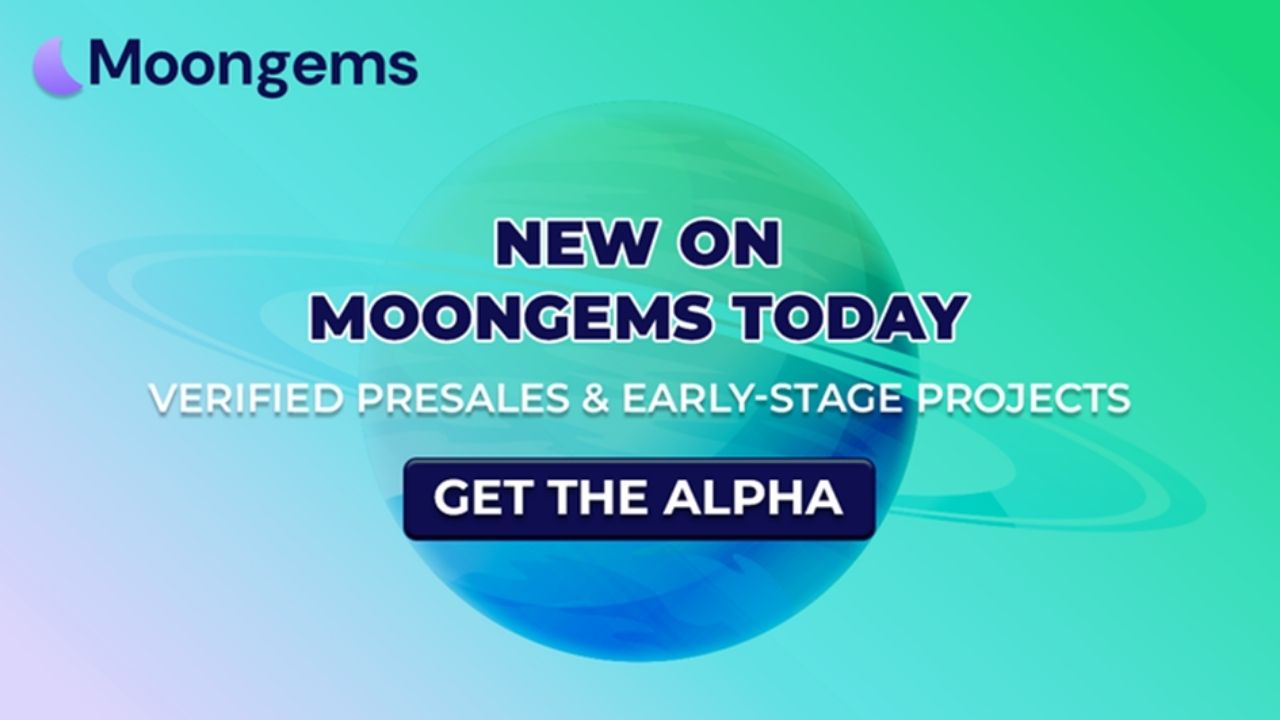
Conclusion: Vesting Isn’t the Enemy, Ignorance Is
Vesting schedules are not inherently bad. They promote healthy tokenomics and protect early ecosystems from volatility. But if misunderstood, they can lead to poor timing, missed profits, and regrettable exits.
Smart presale investing in 2025 isn’t just about getting in early. It’s about knowing when you can get out—and at what cost.
MoonGems takeaway: “It’s not just what you hold—it’s when you’re allowed to let go.”
Before you commit capital, always ask:
- When does my vesting start?
- What’s the unlock schedule?
- What’s the unlock schedule for the team and VCs?
- How does the vesting impact the token supply over time?
The answers can make or break your crypto portfolio.
Frequently Asked Questions (FAQs)
- What is the difference between a cliff and linear vesting?
A cliff is a fixed period (e.g., 3 months) during which no tokens are released. After the cliff ends, linear vesting begins—releasing a fixed percentage of tokens over time. For example, after a 3-month cliff, 10% per month may unlock. This structure controls early selling pressure and keeps teams/investors committed. - Why do projects use vesting schedules at all?
Vesting schedules create price stability and team accountability. Without them, early investors could dump large amounts of tokens at launch, causing price crashes. Vesting also ensures the team can’t vanish with tokens right after launch, signaling long-term commitment. - Are vesting terms negotiable or fixed?
For retail investors, vesting terms are usually fixed. However, private investors and VCs often negotiate custom schedules—sometimes shorter or with better unlocks. Always compare your vesting terms with theirs; unequal terms could signal insider favoritism or future dumping risks. - How do vesting schedules affect token price?
Unlock events often lead to price drops, especially when large tranches hit the market. The more aggressive the unlock, the higher the risk of selling pressure. Well-designed vesting schedules spread unlocks gradually, smoothing out this impact over time. - What’s the safest type of vesting for retail investors?
A short cliff (0–1 month) followed by long, evenly distributed linear vesting is ideal for retail. It balances early access with healthy price protection. Avoid projects with no vesting, backloaded unlocks, or team tokens unlocking before investors.
Glossary of Key Terms
Vesting Schedule:
A structured timeline determining when investors or team members receive and can access their tokens after a presale.
Cliff:
A lock-up period during which no tokens are released. Cliff periods are common to prevent immediate selling post-TGE.
Linear Vesting:
A release schedule where tokens unlock in equal amounts over time, usually monthly or quarterly after the cliff period.
Backloaded Vesting:
A release structure where most tokens unlock toward the end of the vesting period, often leading to late-stage dumps.
TGE (Token Generation Event):
The moment a token is officially launched and distributed to early investors. Vesting schedules typically begin at TGE.
FDV (Fully Diluted Valuation):
The theoretical market cap of a token if all supply were unlocked and circulating—a key metric when evaluating unlock pressure.
Disclaimer
This content is for educational purposes only and does not constitute investment advice. Cryptocurrency staking and presale participation carry inherent risks, including total capital loss. Always conduct your own research (DYOR) and consult a licensed advisor before making financial decisions.



